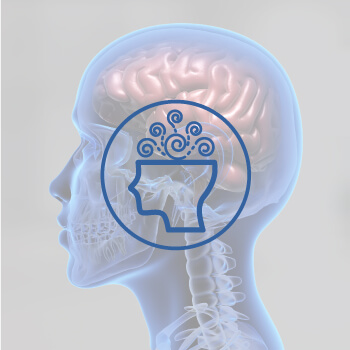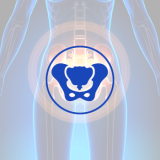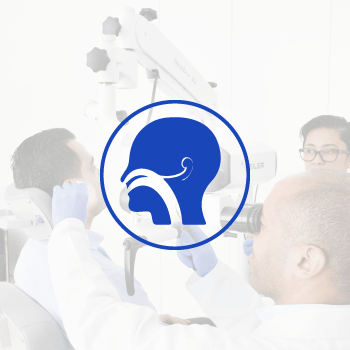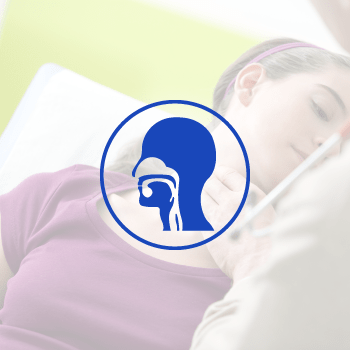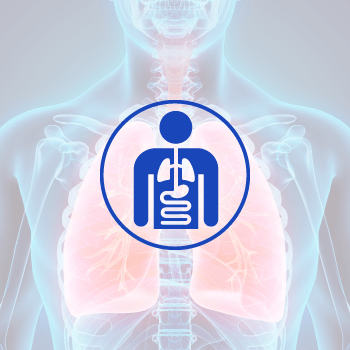Osteoporosis
Osteoporosis
Osteoporosis is a common and potentially debilitating bone condition characterized by reduced bone density and an increased risk of fractures. Often referred to as the “silent disease,” osteoporosis doesn’t usually cause noticeable symptoms until a fracture occurs.
Causes and Risk Factors
Some of the common factors that contribute to the development of osteoporosis:
- Aging: As people age, bone density naturally decreases, making older individuals more susceptible to osteoporosis.
- Gender: Women are at a higher risk of developing osteoporosis, especially after menopause due to a decrease in estrogen, a hormone that helps protect bone density.
- Hormonal Changes: Conditions that affect hormone levels, such as hyperthyroidism, low testosterone, and excess cortisol (as seen in conditions like Cushing’s syndrome), can contribute to bone loss.
- Nutritional Deficiencies: Inadequate intake of calcium and vitamin D, essential for bone health, can increase the risk of osteoporosis.
- Family History: A family history of osteoporosis or fractures can increase your risk.
- Rheumatoid Arthritis: Rheumatoid Arthritis (RA) is an autoimmune disorder that primarily affects the joints, causing inflammation, pain, and joint damage. People with RA have a greater-than-average risk of developing osteoporosis.
- Lifestyle Factors: Sedentary lifestyle, smoking, excessive alcohol consumption, and a history of eating disorders can negatively impact bone health.
- Medications: Long-term use of steroid medication can lead to bone loss.
OSTEOPOROSIS RISK FACTORS
Symptoms and Complications
Osteoporosis may not cause noticeable symptoms until a fracture occurs. Common fractures associated with osteoporosis include those of the hip, spine, and wrist. Fractures can lead to chronic pain, disability, and a decreased quality of life.
Diagnosis
Bone density testing (Bone densitometry), typically done using a Dual-Energy X-ray Absorptiometry (DEXA) scan, is the most common method to diagnose osteoporosis. This test measures bone mineral density and assesses fracture risk.












 أنقر هنا
أنقر هنا أنقر هنا
أنقر هنا
